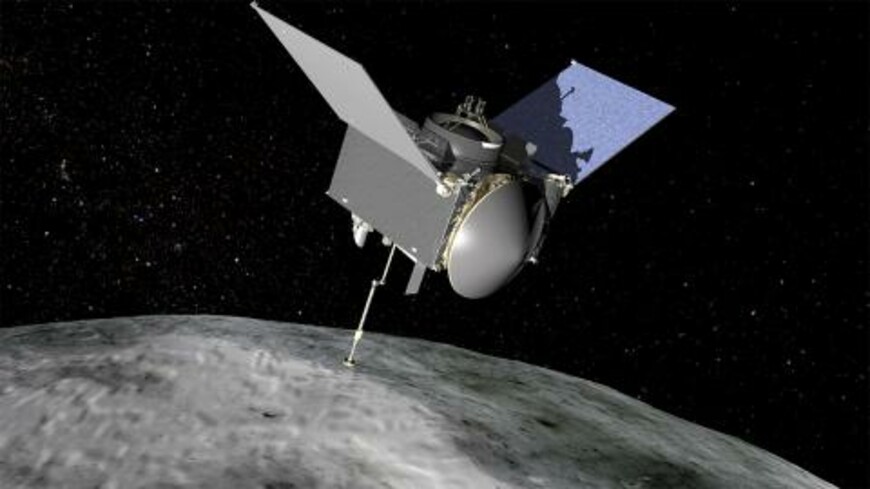NASA Asteroid Sample Return Powered by Draper
CAMBRIDGE, MA – As NASA extends its reach into space through the New Frontiers Program, spacecraft must become increasingly autonomous. During unmanned missions deep into our solar system, ground controllers cannot send time-critical commands to a spacecraft. Among the New Frontiers missions of New Horizons to Pluto and Juno to Jupiter, NASA’s Origins, Spectral Interpretation, Resource Identification-Regolith Explorer (OSIRIS-REx) recently launched on Sept. 8 starting its seven-year journey to Bennu—a near-Earth asteroid.
The mission is unique for several reasons. The OSIRIS-REx mission will be the first U.S. mission to carry samples from an asteroid back to Earth and the largest sample returned from space since the Apollo era, says NASA. The spacecraft’s name is an acronym of the mission objectives, seeking a better understanding of our solar system’s formation 4.5 billion years ago; studying them can provide insight for future space exploration.
A groundbreaking mission such as this needs a highly sophisticated, autonomous system behind it.
Due to the distance between Bennu and Earth—and the time it takes to send a single command—autonomous software is critical for OSIRIS-REx to safely collect a sample of the asteroid. “This will be the first time an optical-based system is used in this way to make contact with a small body in space,” explained Courtney Mario of Draper’s Algorithms and Software group.
Once OSIRIS-REx reaches Bennu in 2018, it will begin a two-year-long survey of the asteroid, collecting data used to form a shape model of the terrain, in addition to fulfilling other science and navigation objectives. In July 2020, vision navigation software enabled by Draper will be put to use. The optical-based feature tracking system will use onboard cameras to match terrain information from the shape model to real-time images collected as the spacecraft approaches the surface for sample collection.
Lockheed Martin Space Systems built the spacecraft for NASA at its facility near Denver. Draper worked with Lockheed Martin engineers to turn spacecraft builder’s research and development computer code into robust flight software using vision navigation systems. The algorithms and software are unique to most space missions.
While most spacecraft rely on a light detection and ranging (LIDAR) laser altimeter to determine proximity and relationship to nearby objects in space, OSIRIS-REx takes advantage of a dual system. The spacecraft is equipped with both a navigational LIDAR system and the optical-based feature tracking system, and will use the best available system—or a combination of the two—when the spacecraft is ready for the sample collection.
Draper, now under contract with NASA, will continue to improve mission robustness during the two-year journey to Bennu. Between the launch and OSIRIS-REx’s arrival in August 2018, Draper will work with Lockheed Martin and other members of the science team to determine the shape model fidelity needed for a successful asteroid sample collection. The potential success for this applied flight software in the OSIRIS-REx mission to asteroid Bennu could mean less expensive alternatives to the LIDAR system for any type of mission in space.
Released September 22, 2016




